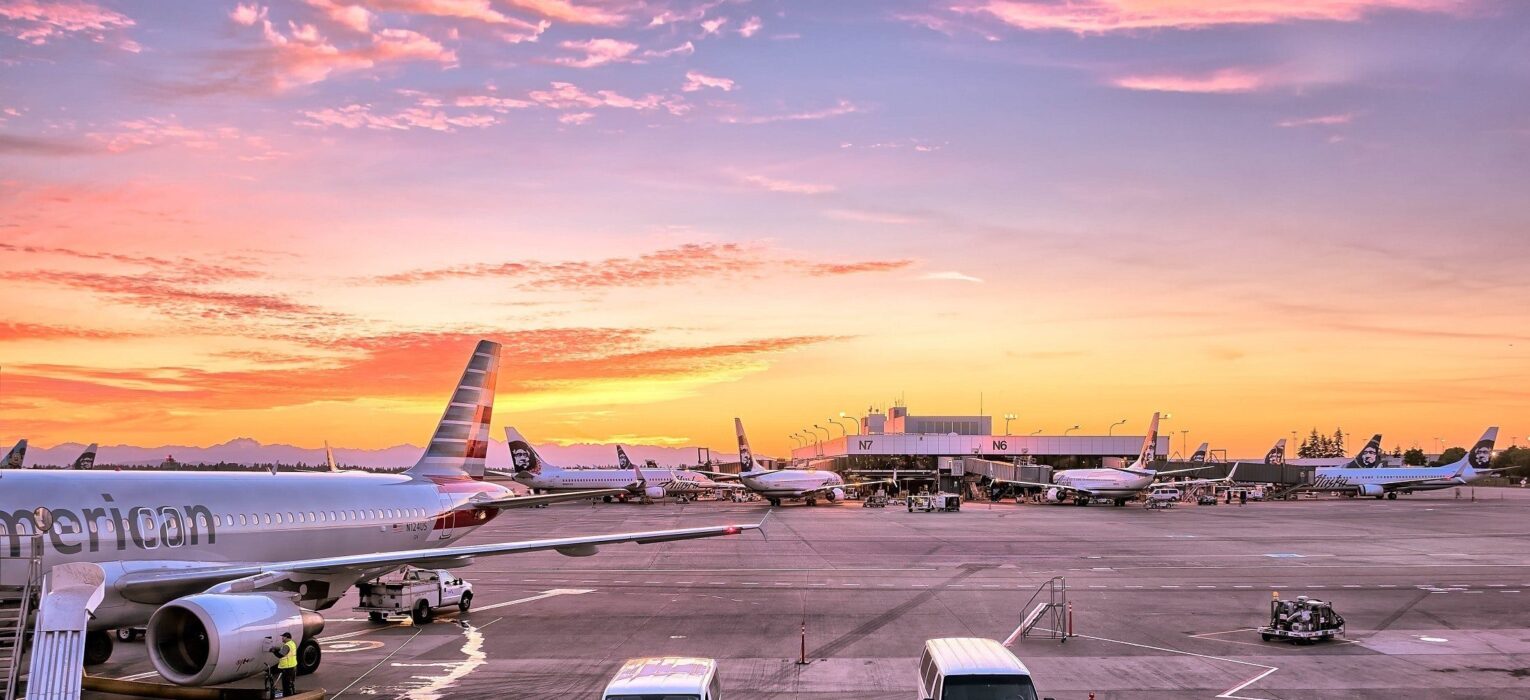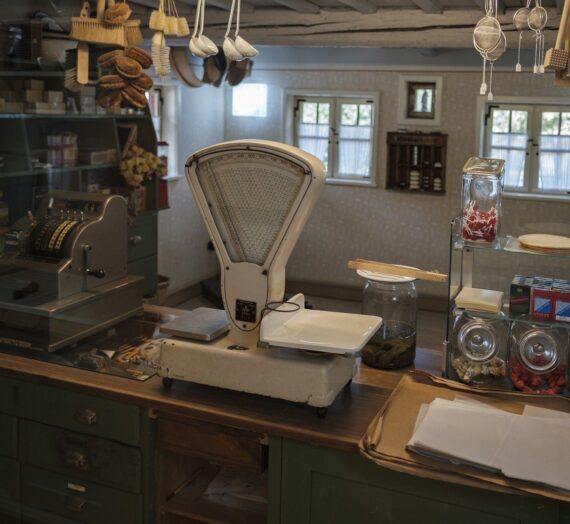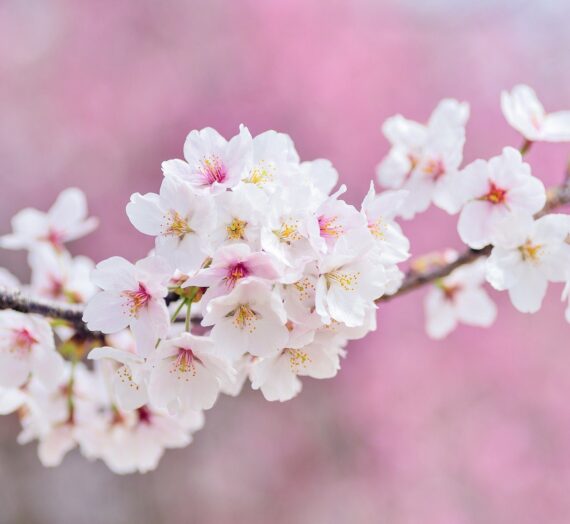FROM AIRPORT TO ARTPORT: HOW CHANGES IN AVIATION POLICIES INTRODUCED ART TO THE AIRPORT
In Michel Houellebecq’s acclaimed novel „The Map and the Territory”, Jed, the protagonist, is visiting the arrival hall of the airport in Shannon, Ireland. Triggered by the spatial corridors and smart design he tries to imagine the atmosphere of the building during its first years, back in the 1940s. He elaborates about its past visitors: members of the societal elite, managers, architects of the post-war world.
Back then, aviation was the privilege of the rich as, until the arrival of the first jumbo jets in the early 1970s, flights were exclusive and very expensive. Flying was also considered to be safe as aircraft hijacking hadn’t been that common before the late ’60s. In Jed’s mind, airports of the mid-20th century had a completely different vibe than they have today: no crowds, no security checks and, last but not least, no anxiety.
The improved affordability of flights from the Boeing era onwards wasn’t the biggest shift in the history of the airport, though. More impactful were the aforementioned terrorist attacks which resulted in more elaborate security measures, including luggage screenings, full-body scans, etc. Today it is hard to fathom that no more than a few decades ago, passengers could just walk straight up to the gate. In the United States procedures changed in 1973, when airlines were required to screen their clients and their carry-on baggage. The introduction of X-ray scans has indeed decreased the number of hijacked aircraft, but at the same time irreversibly changed the atmosphere of the airport.
Therefore, it shouldn’t be surprising that when Brian Eno came up with the idea of recording his masterpiece Ambient 1. Music for Airports, released in 1978, he did so mostly with a view to defusing the anxious atmosphere of the terminal. This album – arguably one of the greatest in the history of ambient music – was inspired by a visit to the Cologne-Bonn airport and was intended to induce calmness and create space to think.
Used as an installation at LaGuardia Airport, New York, in the mid-80s, Ambient 1. Music for Airports is composed in a way that may reflect a variety of moods and atmospheres rather than to suggest any one in particular. The album not only became a starting point for the ambient music genre, but was also at the vanguard of another trend: that of increasingly integrating art in the airport landscape.
One could even say that, in recent years, many airports have turned into galleries. That makes sense for various reasons. Since 9/11 passengers – especially those on international flights – are required to be present at the airport much earlier for security reasons. Checking in takes more time also because of the larger number of operating airlines and their passengers moving around the terminals. Departure halls have become huge waiting rooms with not much to do. So why not encourage people to use the time to admire great paintings or sculptures?
Engaging with art makes for a positive and inspiring pastime and helps to relieve any tension a passenger might experience before the flight. This idea has been elaborated in both permanent and temporary exhibitions at airports such as Charles de Gaulle in Paris, Schiphol in Amsterdam and Copenhagen Airport.Next time you find yourself wandering between check-in counters and tax-free shops, pause for a minute to see if you can spota piece of art. A thing of beauty is an excellent place to start any journey!
Autor: Jan Błaszczak, National Film Archive-Audiovisual Institute (FINA). Źródło artykułu: Europeana Foundation. Licencja CC BY-SA 4.0.
Definicje i przykłady zdań pochodzą ze słownika Cambridge Dictionary.
VOCABULARY
policy /ˈpɒl.ə.si/ – a set of ideas or a plan of what to do in particular situations that has been agreed to officially by a group of people, a business organization, a government, or a political party;
polityka, zasady
acclaimed /əˈkleɪmd/ – attracting public approval and praise;
uznany, podziwiany
protagonist /prəˈtæɡ.ən.ɪst/ – one of the main characters in a story or a play;
bohater, główny bohater
trigger /ˈtrɪɡ.ər/ – to cause something to start;
wyzwalać, uruchamiać, powodować
spatial /ˈspeɪ.ʃəl/ – relating to the position, area, and size of things;
przestrzenny
elaborate /iˈlæb.ə.reɪt/ – to add more information to or explain something that you have said;
szczegółowo omawiać
societal /səˈsaɪ.ə.təl/ – relating to or involving society;
społeczny
aviation /ˌeɪ.viˈeɪ.ʃən/ – the activity of flying aircraft, or of designing, producing, and keeping them in good condition;
lotnictwo, przemysł lotniczy
privilege /ˈprɪv.əl.ɪdʒ/ – an advantage that only one person or group of people has, usually because of their position or because they are rich;
przywilej, uprawnienie
hijacking /ˈhaɪ.dʒæk.ɪŋ/ – the crime of using force or threats to take control of an aircraft, ship, car, etc., or an occasion when this happens;
porwanie, uprowadzenie (samolotu)
last but not least / lɑːst bət nɒt liːst /- importantly, despite being mentioned after everyone else;
ostatni, ale nie mniej ważny
affordability /əˌfɔːdəˈbɪləti/ – the state of being cheap enough for people to be able to buy;
przystępność (ceny)
impactful /ɪmˈpækt.fəl/ – having a powerful effect on a situation or person;
wpływowy
aforementioned /əˈfɔːˌmen.ʃənd/ – mentioned earlier;
wyżej wspomniany, wyżej wymieniony
elaborate /iˈlæb.ər.ət/ – containing a lot of careful detail or many detailed parts;
złożony, skomplikowany, szczegółowy, misterny
fathom /ˈfæð.əm/ – to discover the meaning of something; to understand someone or why someone acts as they do;
zgłębiać, pojmować, rozumieć
irreversibly /ˌɪr.ɪˈvɜː.sə.bli/ – in a way that is not possible to change or impossible to return to a previous condition;
nieodwracalnie
masterpiece /ˈmɑː.stə.piːs/ – a work of art such as a painting, film, or book that is made with great skill;
arcydzieło
defuse /ˌdiːˈfjuːz/ – to make a difficult or dangerous situation calmer by reducing or removing its cause;
rozładować (napięcie), łagodzić (sytuację), zażegnać (kryzys)
ambient music /ˌæm.bi.ənt ˈmjuː.zɪk/ – a type of music, often without a tune or beat, that is intended to make people relax or create a particular mood;
nastrojowa muzyka
induce /ɪnˈdjuːs/ – to cause something to happen;
powodować, wywoływać
genre /ˈʒɑ̃ː.rə/ /ˈʒɒn.rə/ – a style, especially in the arts, that involves a particular set of characteristics;
gatunek (literacki, filmowy, muzyczny)
at the vanguard /ət ðə ˈvænɡɑːd/ – in the position of the leaders of an action or movement in society, politics, art, etc.;
na czele
turn into sth /ˈtɜ:n ˈɪntə ˈsʌmθɪŋ/ – to change or develop from one thing to another;
przemieniać, zamieniać się w coś
engage /ɪnˈɡeɪdʒ/ – to become involved, or have contact, with someone or something;
zajmować się, podejmować
pastime /ˈpɑːs.taɪm/ – an activity that is done for enjoyment;
rozrywka, hobby, zajęcie
relieve /rɪˈliːv/ – to make an unpleasant feeling, such as pain or worry, less strong;
przynosić ulgę, uśmierzać, uwalniać
tension /ˈten.ʃən/ – a feeling of nervousness before an important or difficult event;
napięcie (napięta atmosfera)
wander /ˈwɒn.dər/ – to walk around slowly in a relaxed way or without any clear purpose or direction;
szwendać, błąkać się
spot /spɒt/ – to see or notice someone or something, usually because you are looking hard;
dostrzegać, zauważać




